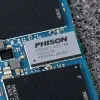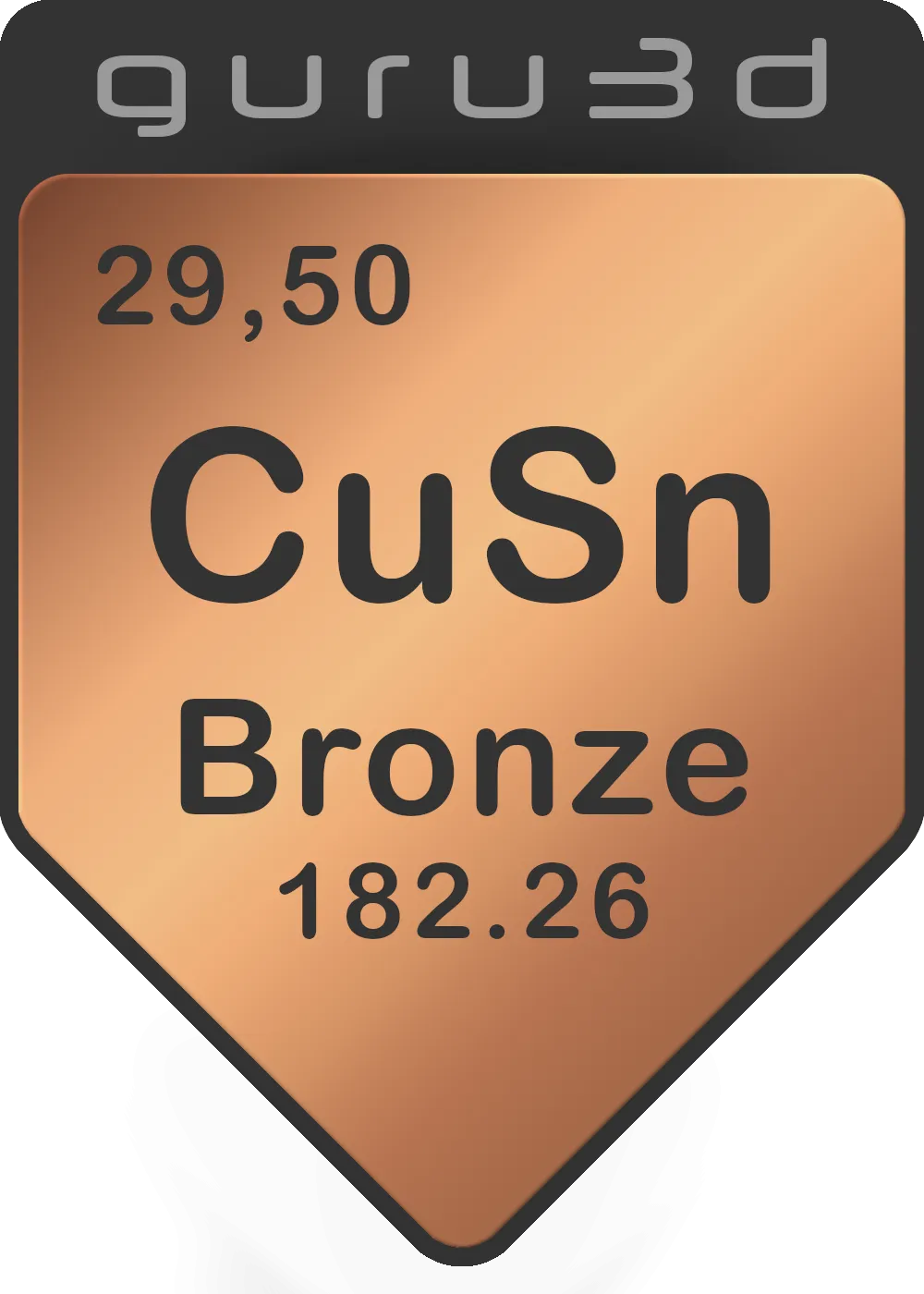Final Words & Conclusion
The Kioxia Exceria PLUS G3, equipped with the Phison E21 controller, exhibits modest performance across various benchmarks. This drive's speed is discernibly lower compared to others in its class, but should be priced to match that dynamic. This is a budget SSD which manages to perform good enough for the most common use cases and workloads.
Endurance
We've talked about endurance previously; it's the number of times NAND cells can be written before they begin to malfunction. It is sufficient to remark that the values for QLC written (4 bits saved in a single NAND cell) are not particularly good at it. On this point, however, I always like to paraphrase Einstein: "Relativity, my man," he said (somewhat). You can improve endurance by increasing the volume of your NAND. Volume sizes that are larger result in more NAND cells, and more NAND cells result in greater endurance. This SSD however uses TLC written NAND. A 1TB model has 600 TB written capacity, the 2TB model has 1200 TB written capacity for endurance. Now, if a NAND cell fails, it does not necessarily mean that your data is lost. Many algorithms are constantly monitoring and managing your data; for example, if a cell's lifetime is about to expire, the bits inside that cell will be relocated to a more healthy cell. So how long does a storage unit last before NAND flash cells go the way of the dodo? Well, if you are a truly extreme user, you might be writing 50 GB per day (really, normal users probably won't even write that per week), but based on that value, 50GB x 365 days = 18.25 TB per year written. You get 1200 TBW (for this 2TB model), so that's almost 66 years of usage and half that for the 1 TB SSD version. Let me make it very clear, 50 GB per day each day of the year is a very ambitious number.
Performance
The Kioxia Exceria PLUS G3 solid-state drive (SSD) demonstrates consistent performance in mainstream and sustained workload scenarios. Although the SSD showed average results in the game traces, it is important to note that such benchmarks might not fully represent overall performance. In practical applications, the SSD remains efficient, albeit with marginal differences from its competitors. Its read and write speeds of 4-5 GB/sec are respectable but do not position it as a market leader. Our application trace testing reveals robust performance, particularly in random 4K IOPS queues.
Concluding
The Kioxia Exceria PLUS G3 NVMe SSDm as it turns out, results in mediocre performance measured by today's standards. However is plenty fast for most use cases and generic workloads. So, we're not sure if you'd ever notice it in a real-world usage scenario, we expected a bit more though. Currently we're seeing street prices of 91 EUR for the 1 TB model and our tested 2TB model costs 150 EUR, so in the latter case we're looking at 7 cents per GB of storage, which feel decent, but still can be a notch cheaper. In terms of performance, the Exceria PLUS G3 is positioned among the high-end PCIe Gen3 and mainstream Gen4 drives. Its performance varies based on factors like workload. As a PCIe Gen 4 drive, it utilizes TLC flash memory, providing a cost-effective alternative to similar products. The drive exhibits decent sequential performance, with CrystalDiskMark tests showing write speeds in the 4000-5000/s range. Its 4K random read/write performance at small queue depths is relatively modest, yet it achieves high-end NVMe performance for specific workloads. Kioxia offers a five-year warranty or up to the 1200 TBW (Total Bytes Written) limit for the 2TB model, whichever comes first. The SSD is available in 1TB, and 2TB capacities. The Exceria PLUS G3 aligns with performance expectations for mainstream PCIe 4.0 devices, and as such we feel it should be priced like that. The 2TB model price point of 150 euros is still too high and needs to settle to 100-125 EUR to make a decent enough impression against some of the competition. Overall though, it's a decent enough NVMe SSD.
Recommended Downloads
- Sign up to receive a notification when we publish a new article
- Or go back to Guru3D's front page.


